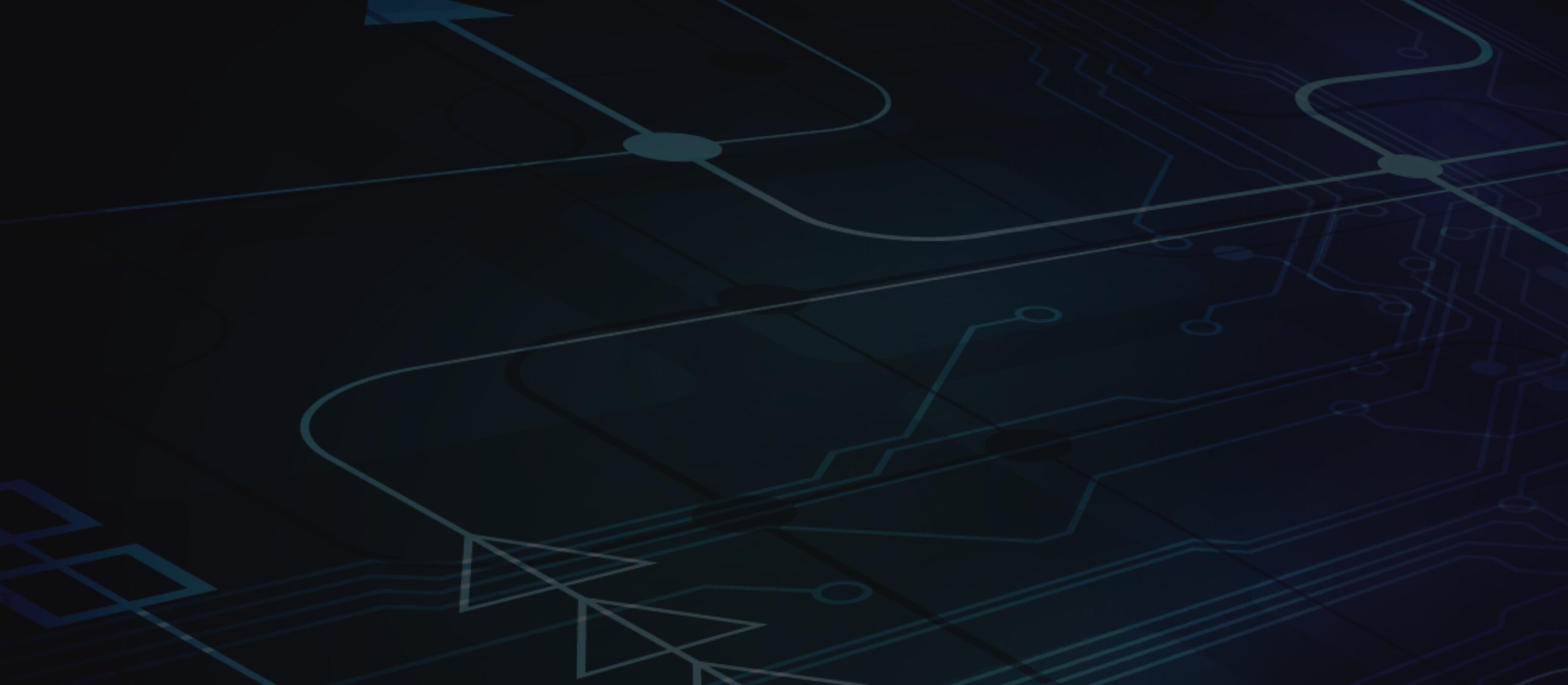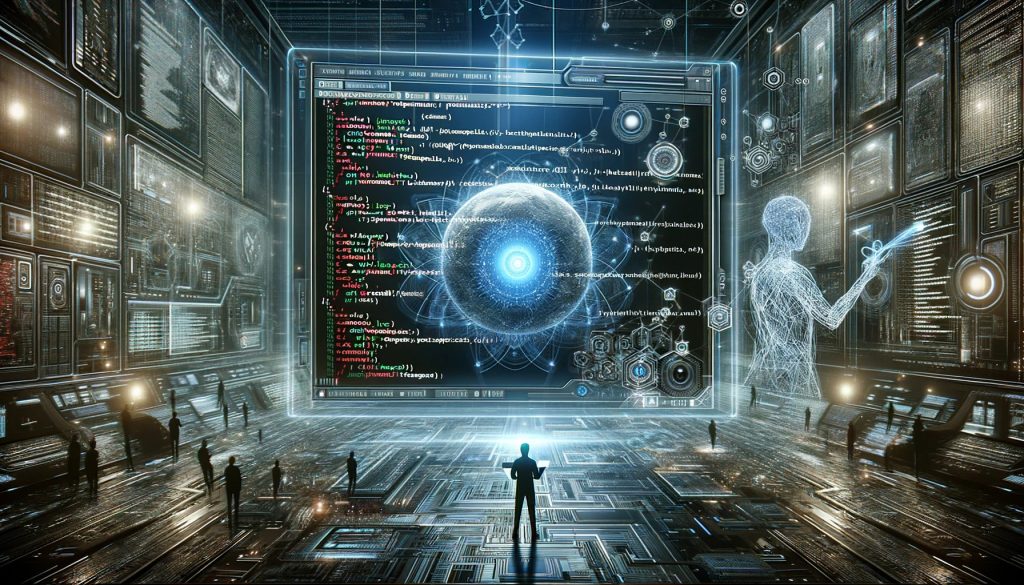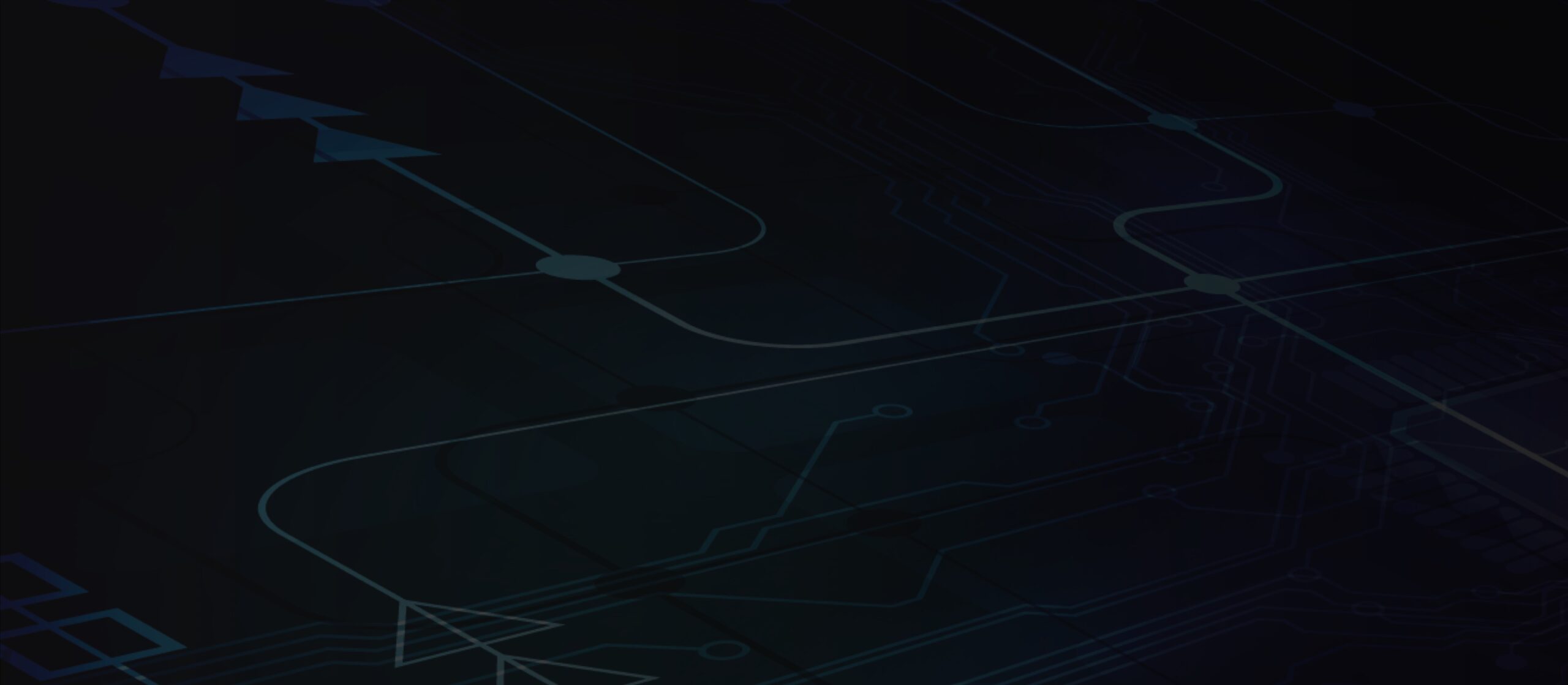
In the fast-paced world of software development, Artificial Intelligence (AI) has become a pivotal force, driving innovation and efficiency. However, as AI’s capabilities in generating code evolve, so does the challenge of distinguishing between human and AI-authored code. This distinction is crucial for maintaining the integrity of software projects and mitigating potential vulnerabilities. Recognizing this need, BlueOptima introduces a groundbreaking solution as outlined in their brochure. They offer a robust system for AI-generated source code detection, particularly tailored for languages like C++, Python, Java, and JavaScript.

Understanding the Challenge
Ethical and Legal Concerns
One of the primary challenges stems from ethical and legal considerations, also outlined by this article. As AI takes on a more significant role in code generation, questions arise about authorship and intellectual property rights. Who owns the code: the creator of the AI, the operator, or the AI itself? This ambiguity poses significant challenges for traditional notions of copyright and ownership in software development.
Quality and Reliability
AI-generated code, while impressive, may not always adhere to the same standards of quality and reliability expected of human developers. AI model, can reproduce existing biases or generate code that works in theory but fails under specific, unforeseen circumstances. Ensuring the quality and reliability of AI-generated code thus becomes a challenge that necessitates rigorous testing and review.
Security Vulnerabilities
Another critical concern is the potential for AI to introduce security vulnerabilities into the codebase. Since AI-generated code might not fully comprehend certain operations’ context or security implications, it could inadvertently introduce flaws or vulnerabilities. Detecting AI-generated code allows for targeted reviews of these segments to ensure they meet security standards.
Transparency and Accountability
In a world where AI-generated code becomes commonplace, maintaining transparency and accountability in software development processes is a challenge. Stakeholders need to understand the origins of the code in their projects to make informed decisions about its use, maintenance, and potential risks. This transparency is also crucial for debugging and troubleshooting. Understanding whether a human or an AI-generated a piece of code can significantly impact the approach to solving problems.
Integration with Human-Centric Workflows
Finally, the challenge of integrating AI-generated code within human-centric workflows cannot be overlooked. AI can greatly enhance productivity and innovation but ensuring that its contributions seamlessly integrate with the work of human developers requires careful management and review. This includes aligning AI-generated code with project guidelines, style conventions, and overall project objectives. This demands a nuanced understanding of AI’s capabilities and limitations as a code generator.
The Role of AI Source Code Detection Software
Detection software plays a critical role in navigating this new landscape. Tools specifically designed for C++ AI-written code detection, Python AI code detection, and similarly for Java and JavaScript, are essential. They help identify which parts of the codebase were generated by AI and assist in assessing the impact and quality of such code. In the vast arsenal of AI software development tools, AI code diagnostics stand out, providing an essential service in ensuring the security and integrity of software development projects.
BlueOptima: A Leader in Detection
BlueOptima, with its Code Author Detection system, is at the forefront of this technological frontier. Code Author Detection detects source code written by Generative AI, ensuring that the integration of AI into software practices remains secure and ethical. This product is distinguished by its ability to differentiate between human and machine-generated code, a critical feature in today’s software development landscape.
Key Features of BlueOptima’s Solution
Workflow Transparency:
BlueOptima’s Code Author Detection system enhances workflow transparency by flagging code potentially generated by AI. This feature facilitates more informed code reviews and authorship attribution, strengthening the integrity and resource allocation across software development workflows.
Risk Mitigation:
The early identification of AI-written code allows for more rigorous testing and review processes, catching potential vulnerabilities before they become significant issues. BlueOptima’s solution plays a vital role in mitigating the risks associated with the unchecked deployment of AI-generated code.
Innovation Enablement:
By distinguishing between human and machine authorship, BlueOptima’s system provides insights into how AI collaborates on and enhances software projects. This not only accelerates the adoption of AI but also fosters an environment where innovation is enabled through a clear understanding of AI’s contribution.
Implementing AI Detection Techniques
For developers and project managers seeking to implement AI-generated code detection techniques, BlueOptima’s solution offers a comprehensive approach. The system includes benchmarking tools for AI-generated code analysis and AI contribution analyzers, providing deep insights into the nature and quality of AI’s involvement in software projects. Techniques for identifying AI-powered code enhancements and tracking AI contributions become indispensable in this context.
Moreover, the system serves as an AI code diagnostics tool, offering AI vs human code metrics and AI impact assessment in code. These features are crucial for anyone looking to understand the extent of AI’s influence on their projects and to ensure that the use of AI enhances rather than compromises their work.
Conclusion
The urgent need to detect AI-generated source code in the modern software development process is clear. As AI continues to shape the landscape of coding and project development, tools like BlueOptima’s Code Author Detection system become indispensable. Their solution, as detailed in their brochure, stands as a testament to the company’s commitment to delivering transparency, security, and innovation in AI-assisted coding. By embracing such advanced detection tools, the software development community can navigate the challenges of AI integration, ensuring that projects remain secure, ethical, and at the cutting edge of technological innovation.
Related articles...
Article
The 4% Reality: What GenAI Really Means for Software Development Productivity
In previous articles, we discussed the enthusiasm surrounding Generative AI’s…
Read MoreArticle
The Human Touch: Why GenAI Cannot Ship Code Alone
Introduction Generative AI (GenAI) is often lauded as a revolutionary…
Read MoreArticle
Limited Impact and Integration: The Reality of GenAI in Software Development
Introduction In recent years, Generative AI (GenAI) has gripped the…
Read More
Bringing objectivity to your decisions
Giving teams visibility, managers are enabled to increase the velocity of development teams without risking code quality.
out of 10 of the worlds biggest banks
of the S&P Top 50 Companies
of the Fortune 50 Companies